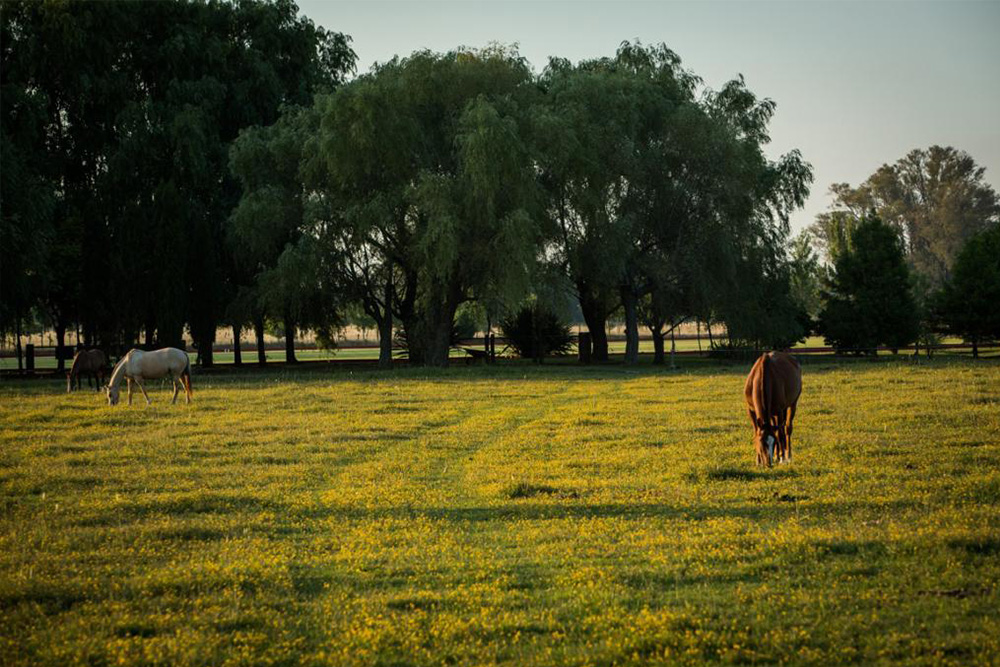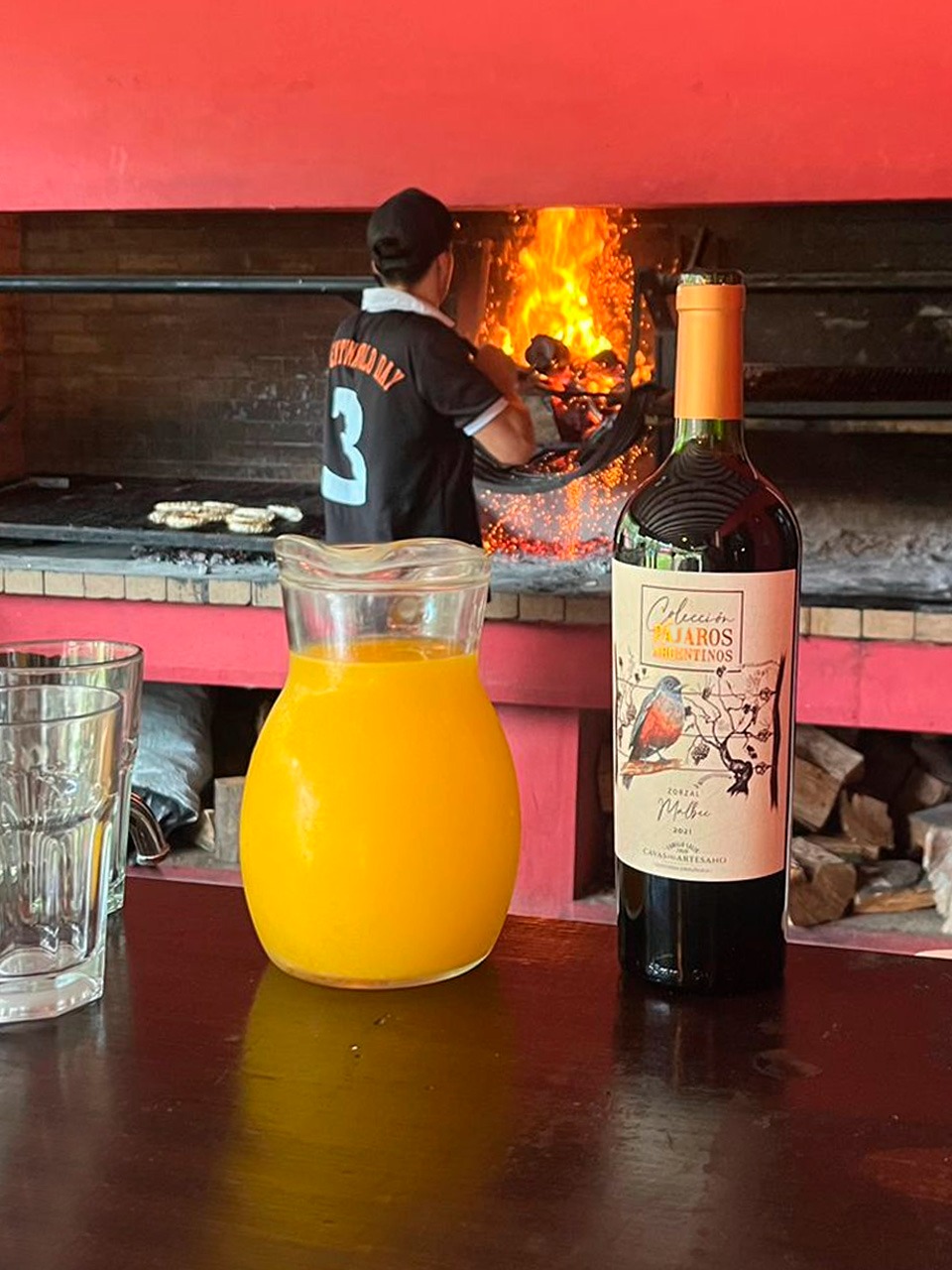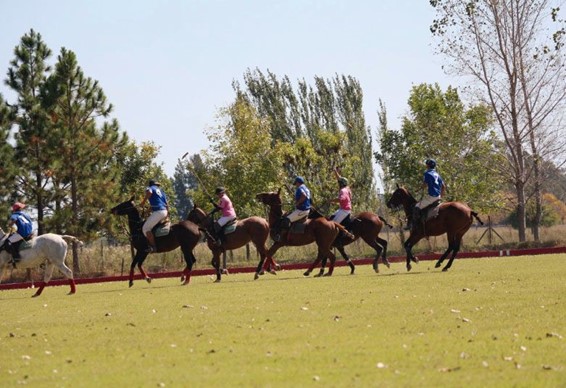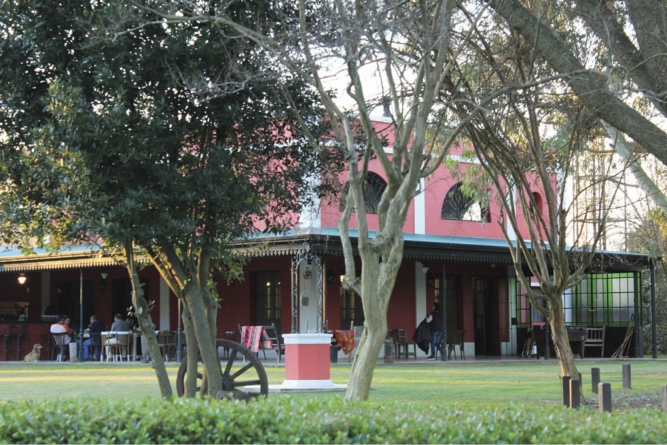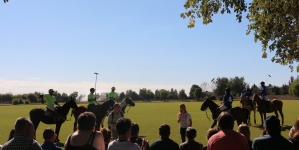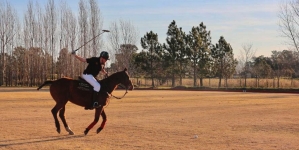-
Argentina Polo Day: Líderes Globales en Sostenibilidad y Acción Corporativa - 17 abril, 2024
-
Why is the average Argentinian polo player better than International players? - 16 abril, 2024
-
Acuerdo de Cooperación entre Argentina Polo Day y Bodega Cavas del Artesano - 4 abril, 2024
-
Basic things you should know before watching a polo match - 24 enero, 2024
-
Polo Travel Agency: Your Tailored Polo Holidays in Argentina - 14 noviembre, 2023
-
Argentina Polo Day en la Feria Internacional de Turismo (FIT) de 2023 - 5 octubre, 2023
-
Polo Horses Key Facts - 2 octubre, 2023
-
Polo: El Juego Perfecto para Fomentar el Team Building - 26 septiembre, 2023
-
La sostenibilidad: el futuro del turismo - 7 septiembre, 2023
-
El Arte de los Eventos Corporativos: Descubre la Elegancia y Emoción en las Estancias de Polo - 4 septiembre, 2023
Estancia: What does it Mean?
An estancia is a large rural establishment specifically dedicated to cattle or sheep farming and agriculture.
In turn, this rural establishement is accompanied by a helmet, that is, a main house accompanied by haras (houses for horses), warehouses, silos (constructions designed to store grain and other) and extensive land for the cultivation, grazing and feeding of animals.
The first estancias appeared in Argentina in the 16th century during the Spanish colonization and the Spanish were rewarded with Indians and land grants. Originally, an estancia was a place for raising mainly sheep, for wool, but also cows in order to exploit meat, fat and tallow.
Today many estancias continue to operate throughout Argentina and some of them have opened their doors to tourists, detecting the possibility, for a day or a short statistic, of discovering the customs and traditions of the Argentine countryside. Among these traditions are, horseback riding and eating the famous barbecue accompanied by a good Argentine wine.

